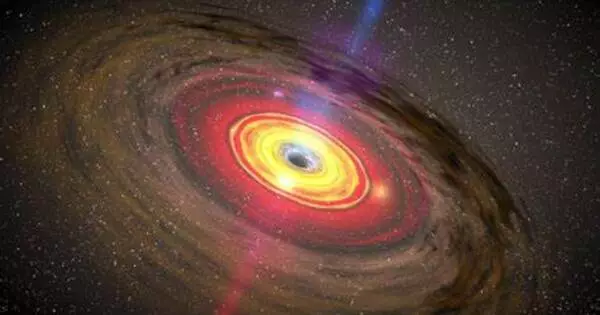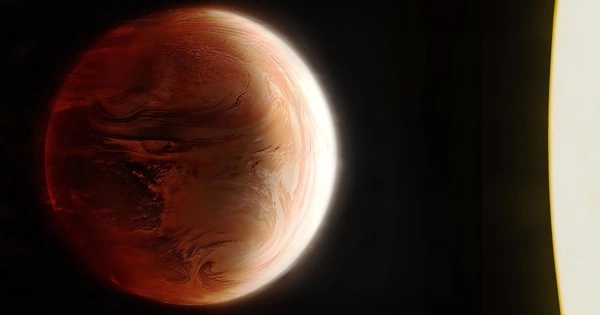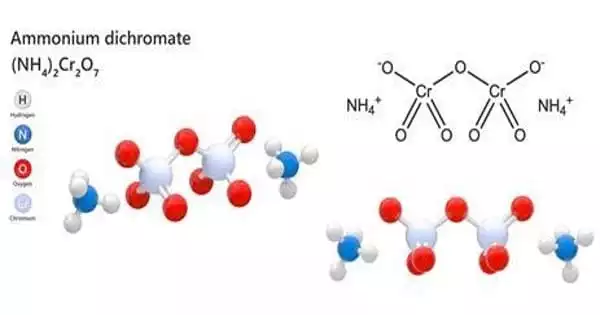While life on Earth is geologically young, the ingredients that came together to form it may be much older than previously thought. The simplest amino acid, carbamic acid, could have formed alongside stars or planets within interstellar ices, according to research published in ACS Central Science.
The findings could be used to train deep space instruments like the James Webb Space Telescope to look for prebiotic molecules in the universe’s distant, star-forming regions.
It has long been assumed that amino acids, one of the building blocks of life, could have formed during reactions in the “primordial soup” of the early, prebiotic Earth. Another theory proposes that amino acids were carried to the Earth’s surface by meteorites.
The findings could be used to train deep space instruments like the James Webb Space Telescope to look for prebiotic molecules in the universe’s distant, star-forming regions.
The molecules could have been picked up by these space rocks from dust or interstellar ices, which are water and other gases frozen solid by the cold temperatures of outer space. However, because meteorites come from far away in the universe, scientists are left wondering where and when these molecules formed.
Ralf Kaiser, Agnes Chang, and colleagues wanted to investigate the chemical reactions that might have occurred in interstellar ices that once existed near newly forming stars and planets to help answer these questions.

The team created model interstellar ices containing ammonia and carbon dioxide, which were deposited onto a silver substrate and slowly heated. Using Fourier transform infrared spectroscopy, they found that carbamic acid and ammonium carbamate started to form at -348 degrees Fahrenheit and -389 degrees (62 and 39 Kelvin), respectively. These low temperatures demonstrate that these molecules — which can turn into more complex amino acids — could have formed during the earliest, coldest stages of star formation.
Furthermore, the researchers discovered that at higher temperatures, similar to those produced by a newly formed star, two carbamic acid molecules could combine to form a stable gas. The researchers proposed that these molecules were incorporated into the raw materials of solar systems, including our own, and then delivered to the early Earth by comets or meteorites once the planet formed. They hope that this research will help future studies that use powerful telescopes to look for evidence of prebiotic molecules in deep space.
















